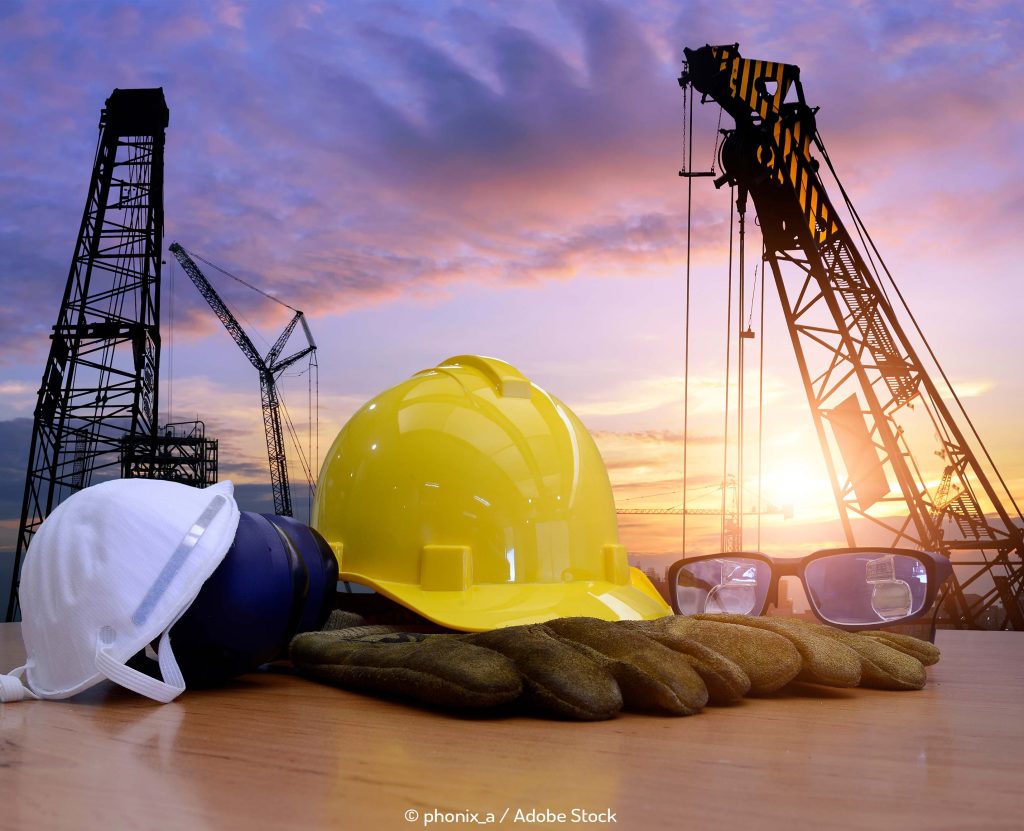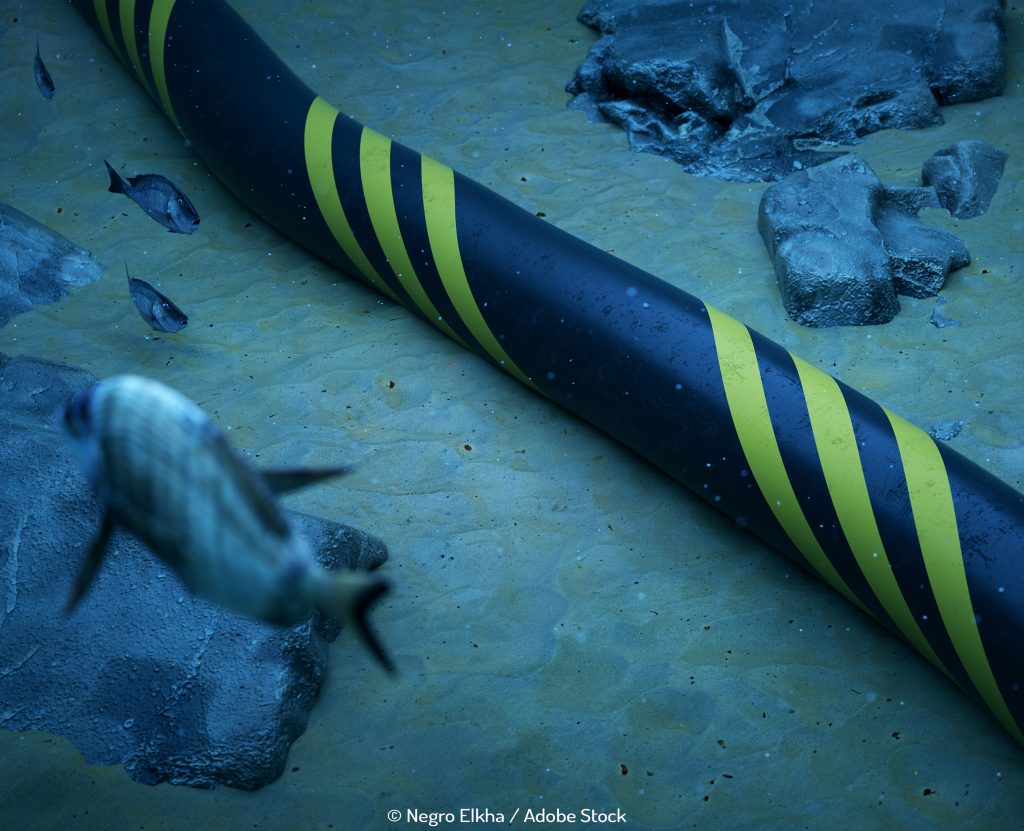
Undersea Drone Set to Improve Offshore Safety
Drone technology is making waves across many different industries, and now it looks set to boost health and safety in the offshore energy sector. Traditionally, divers have been required to inspect, service, and maintain underwater components at offshore wind farms, putting themselves in danger as they did so. However, the arrival of this new undersea drone will entirely change the game.
Developed by a team at Edinburgh’s Heriot-Watt University, the new ROV (remotely operated vehicle) will soon be able to take over the role of human divers, going under the sea to inspect and maintain wind farm components and eliminating the current health and safety risks.
The arrival of this submersible machine couldn’t be more timely, since the Prime Minister has recently made a promise that the UK will soon be the “Saudi Arabia” of offshore wind power. Plans have been made to generate sufficient offshore electricity to power all the homes in the UK within a decade.
The future of the UK’s wind farm sector has never looked brighter as the nation seems set to have hundreds of offshore wind farms off its coastlines within 15 years. Yet, with this expansion comes an increased need for servicing and maintenance, and the underwater drone is the answer to this problem. Thanks to the power of remote technologies, these assets can now be inspected from the shore with no need to put anyone at risk of harm.
The ROV made the first autonomous inspection of an offshore wind farm back in May 2022, with the device being deployed off the Northumberland coastline. The advanced software and sensors that the drone has onboard recorded videos which enabled researchers to inspect and assess the turbine cables and foundations’ exterior condition, and created three-dimensional reconstruction models of the underwater assets.
These 3D models are capable of picking up any accumulation of plants, algae, and micro-organisms on the foundations of the turbines, and should an issue be detected, a robotic arm on the ROV can be deployed to carry out the necessary repairs.
Although more tests still need to be carried out to work out how long it will take the submersible drone to inspect the entire foundations of the turbines and to fully demonstrate the potential of its integrated technology, even from the initial results it is clear that the drone is able to ensure faster and safer operations while also reducing carbon footprints.
The vehicle is piloted by a joystick which can be controlled by an engineer, although in most cases, the ROB operates autonomously. Essentially, controlling the system has been likened to playing video games, and that opens up far wider employment opportunities for people who would otherwise have been unable or unwilling to take on offshore work as well as resolving the common problem of finding qualified pilots and divers to undertake offshore inspection and maintenance work.


